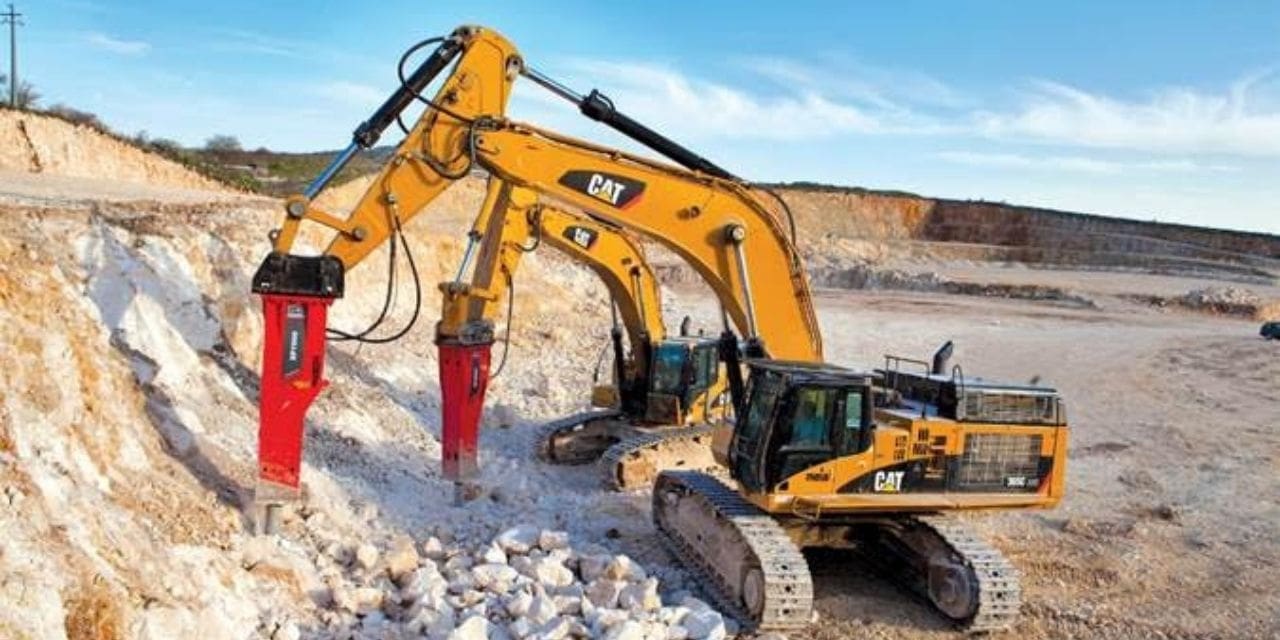Market Overview:
The Global Hydraulic Hammer Market, valued at US$ 1.2 billion in 2022, is projected to witness robust growth, with sales forecasted to reach US$ 2.1 billion by 2033, growing at a CAGR of 5.6%.
The surge in demand for hydraulic hammer market is primarily attributed to the ongoing modernization and infrastructural development in the construction industry worldwide. These hammers play a pivotal role in construction activities like excavation and demolition, making them indispensable tools for infrastructure expansion and renovation endeavours.
In recent times, there has been a noticeable uptick in safety concerns within end-use industries regarding the use of heavy equipment such as hydraulic hammers studied by Persistence Market Research. Despite encountering challenges such as labor and time constraints, the benefits offered by hydraulic hammers have significantly streamlined operations. Their superior operational efficiency stands out as a key driving factor fueling their demand across various industries and geographical regions.In this context, companies are increasingly seeking specialized excavation services to enhance their project efficiency while ensuring compliance with safety standards.
Key market growth factors:
Infrastructure Development: The ongoing modernization and development of infrastructure projects worldwide, including construction of roads, bridges, buildings, and other structures, are major drivers for the increased demand for hydraulic hammers. These hammers play a crucial role in excavation, demolition, and construction activities, making them essential tools in infrastructure projects.
Construction Industry Expansion: The growth of the construction industry, particularly in emerging economies, is contributing to the rising demand for hydraulic hammers. Rapid urbanization, population growth, and increased investments in construction projects are driving the need for efficient and reliable equipment like hydraulic hammers.
Renovation and Reconstruction: As existing infrastructure ages and requires renovation or reconstruction, hydraulic hammers are essential for demolishing old structures and clearing sites for new construction. The need for infrastructure upgrades and retrofitting in developed countries further fuels the demand for hydraulic hammers.
Operational Efficiency: Hydraulic hammers offer higher operational efficiency compared to traditional methods of excavation and demolition. Their ability to deliver precise and powerful blows while minimizing manual labor and time requirements enhances productivity and reduces overall project costs, driving their adoption across industries.
Market restraints and Challenges:
High Initial Investment: The initial cost of acquiring hydraulic hammers can be significant, especially for small and medium-sized enterprises (SMEs) or contractors with limited capital resources. This high upfront investment may deter some potential buyers from investing in hydraulic hammer equipment.
Maintenance Costs: Hydraulic hammers require regular maintenance to ensure optimal performance and longevity. The costs associated with maintenance, including routine servicing, parts replacement, and repairs, can add up over time, impacting the total cost of ownership for end-users.
Intense Competition: The hydraulic hammer market is highly competitive, with numerous manufacturers and suppliers vying for market share. Intense competition can lead to price wars, reduced profit margins, and increased pressure to innovate and differentiate products to maintain a competitive edge.
Regulatory Compliance: Compliance with stringent environmental regulations and safety standards adds complexity to the design and manufacturing of hydraulic hammers. Manufacturers must invest in research and development to ensure their products meet regulatory requirements, which can increase production costs and time-to-market.
Top Trends:
Technological Advancements: Continuous innovation in hydraulic hammer technology is driving the development of more efficient, durable, and versatile products. Manufacturers are incorporating advanced features such as intelligent control systems, telematics, and hybrid power sources to enhance performance, productivity, and user experience.
Eco-Friendly Solutions: There is a growing emphasis on sustainability and environmental responsibility in the construction industry, leading to increased demand for eco-friendly hydraulic hammer solutions. Manufacturers are developing hammers with reduced noise emissions, lower fuel consumption, and enhanced energy efficiency to minimize environmental impact and comply with stringent regulations.
Electrification and Hybridization: The shift towards electrification and hybridization of construction equipment is gaining momentum, driven by the need for cleaner and more sustainable alternatives to traditional diesel-powered machinery. Manufacturers are exploring electric and hybrid hydraulic hammer designs to reduce carbon emissions, improve energy efficiency, and meet evolving environmental standards.
Remote Monitoring and Telematics: Integration of remote monitoring and telematics technologies into hydraulic hammers enables real-time tracking of equipment performance, maintenance needs, and operational parameters. This trend allows construction companies to optimize fleet management, minimize downtime, and enhance overall operational efficiency through proactive maintenance and data-driven decision-making.
Customization and Modular Design: Increasing demand for tailored solutions and application-specific configurations is driving the trend towards customization and modular design in hydraulic hammers. Manufacturers are offering a wide range of attachments, tools, and accessories that can be easily interchanged or adapted to suit different job requirements, industries, and equipment types.

